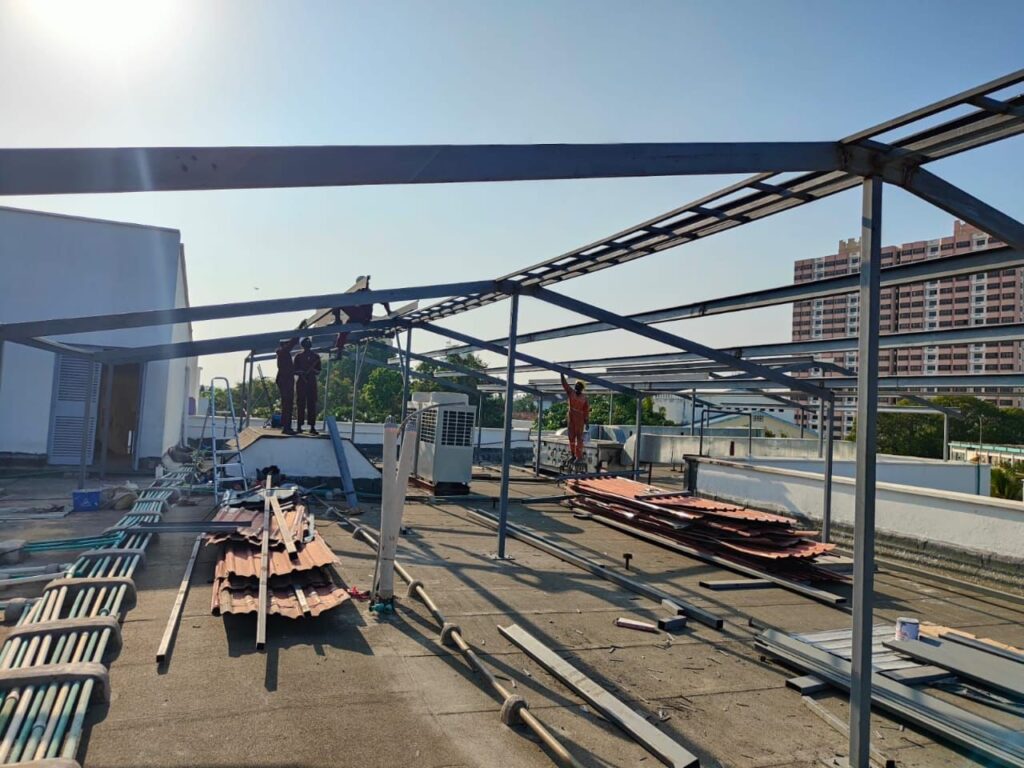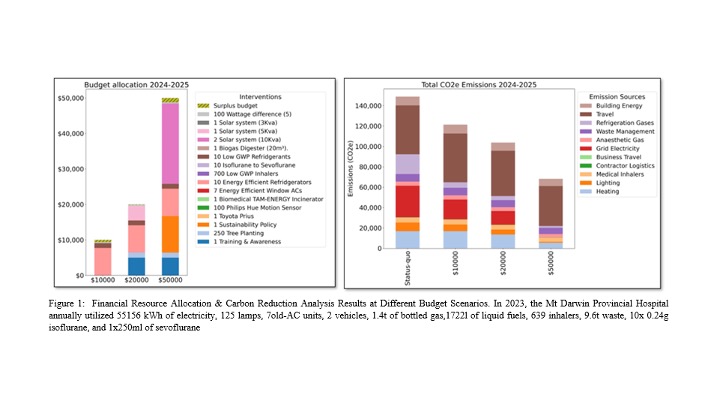Reducing carbon emissions at maternity care health facilities
We have developed a tool to help health facility decision-makers reduce the carbon footprints of their operations on limited budgets.

CARBOMICA emissions reduction tool
When health facility managers are considering what actions they can take to adapt their facility’s structures and health services to beat the heat, it’s important that they also start taking action to reduce their facility’s carbon footprint.
“People intuitively think of solutions [to beat the heat] like air conditioning, but it is a measure that contributes to climate change”, explained Nasser Fardousi, a HIGH Horizons researcher at the London School of Hygiene and Tropical Medicine.
With this concern in mind, HIGH Horizons researchers set out to help health facility managers choose facility adaptations that can both reduce the impact of heat and also lower the facility’s carbon emissions.
Our team – led by the Centre for Sexual Health and HIV AIDS Research (CeSHHAR) in Zimbabwe, Wits RHI in South Africa, and Aga Khan Health Services in Kenya, with support from the Burnet Institute – developed CARBOMICA, a software tool designed for decision-makers at health facilities to identify ways to reduce their carbon footprints with limited financial resources.
Using CARBOMICA (CARBOn Mitigation Intervention for healthCare fAcilities), health managers can input data about the carbon emissions of a health facility and its operations, identify the interventions that would best reduce the facility carbon footprint, and find the best bang-for-buck solution to reduce emissions within a budget.
The tool can also help guide decision-makers to strategically distribute scarce resources.

Resources
Related Publications
- HIGH Horizons Consortium. CARBOMICA: a carbon mitigation and resource allocation modelling tool for the healthcare sector in East Africa. COP28 Prospectus of Climate-Health Solutions. 2023. Published on the WHO / WMO ClimaHealth website.
- Project Deliverable: Luchters S, Machingura F, Muparamoto N, Tsvaki J, Chersich M, Parker C, et al. HIGH Horizons – Report on the tool for modelling of alternative mitigation interventions: Development of a resource allocation tool for carbon mitigation interventions in healthcare facilities (CARBOMICA). Zenodo; 2024 Jul.
- Project Deliverable: Luchters S, Muronzie T, Tsvaki J, Maimela G, Parker C, Chersich M, et al. HIGH Horizons – Protocol for mitigation interventions evaluation in Kenya, South Africa and Zimbabwe. Zenodo; 2024 Jul.
- Project Deliverable: Sulaiman Z, Mung’atia A, Maimela G, Parker C, Chersich M, Luchters S, et al. HIGH Horizons – Report on the carbon emission assessment of selected health facilities in Kenya, South Africa, and Zimbabwe. Zenodo; 2024 Jul.
